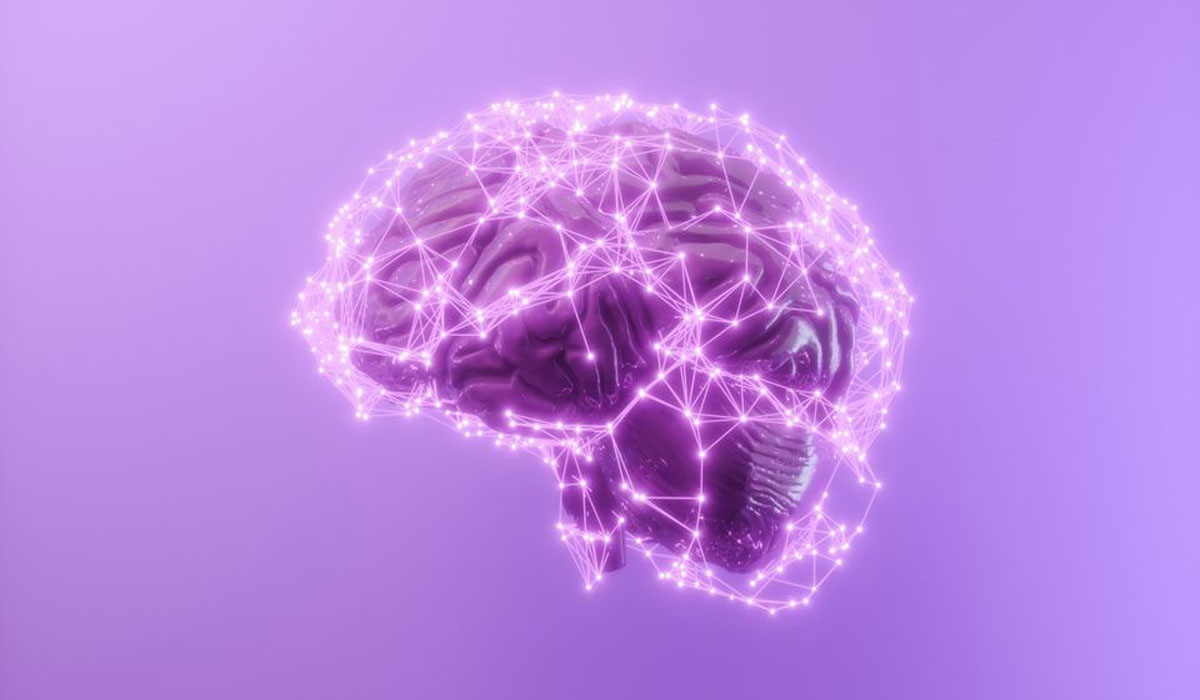
A novel gene therapy developed by researchers at the University of California San Diego School of Medicine has shown encouraging results in halting brain damage and preserving cognitive function in Alzheimer’s disease, a condition that affects millions worldwide.
The study, recently published in the journal Signal Transduction and Targeted Therapy, presents a promising new strategy that could go beyond symptom management to directly counteract the disease’s progression. Alzheimer’s disease, the most common form of dementia, accounts for 60 to 70 per cent of dementia cases globally.
It is marked by the accumulation of abnormal proteins in the brain, leading to neuronal death and a progressive decline in memory and cognitive abilities. Although currently approved drugs can slow symptom progression or target harmful protein deposits such as amyloid-beta, they do not stop or reverse the disease’s underlying causes.
The gene therapy under study takes a significantly different approach. Rather than focusing solely on removing toxic proteins, this therapy is designed to modify the behaviour of brain cells to make them more resilient to the damage caused by Alzheimer’s. The researchers used a gene therapy vector called SynCav1, which targets the hippocampus, a brain region crucial for memory and one of the earliest areas affected in Alzheimer’s patients. The study tested this approach in two different mouse models of Alzheimer’s disease.
The therapy was delivered during the symptomatic stage — the point at which memory loss and other cognitive impairments begin to appear. Remarkably, mice that received the SynCav1 treatment retained their hippocampus-dependent memory functions, performing comparably to healthy mice of the same age.
On a molecular level, the treatment also demonstrated compelling effects. The researchers found that the gene expression patterns in the treated mice resembled those of non-diseased animals, suggesting that SynCav1 may help restore the biological functioning of damaged cells to a healthier state. This reprogramming of diseased brain cells represents a key shift in how researchers might treat neurodegenerative conditions in the future.
“While multiple newly FDAapproved treatments focus on targeting amyloid-beta clearance in Alzheimer’s patients, the therapeutic value of SynCav1 lies in its ability to protect vulnerable neurons and augment cellular responses — mechanisms that differ from currently approved therapies,” the research team noted.
The scientists caution, however, that Alzheimer’s disease is marked by complex and widespread nuerotoxicity. They emphasize the need for further studies, particularly ones that investigate whether SynCav1 could be combined with existing amyloidtargeting drugs to yield even more effective treatment outcomes.
If these early-stage findings are replicated and validated in human clinical trials, SynCav1 could become a powerful tool in the fight against Alzheimer’s — not only offering a way to preserve memory and cognitive function but also tackling the disease at its biological roots. For now, the research provides a renewed sense of optimism for patients and caregivers looking for more definitive answers in managing this debilitating condition.
